neoplasia in cats bladder
Transitional Cell Carcinomas Transitional cell carcinoma TCC is a prevalent type of bladder cancer in cats and more cats get diagnosed with transitional cell carcinoma than other types of bladder cancer every year. This is a malignant cancer usually arising from the inside surface of the urinary bladder or urethra and less commonly from the.
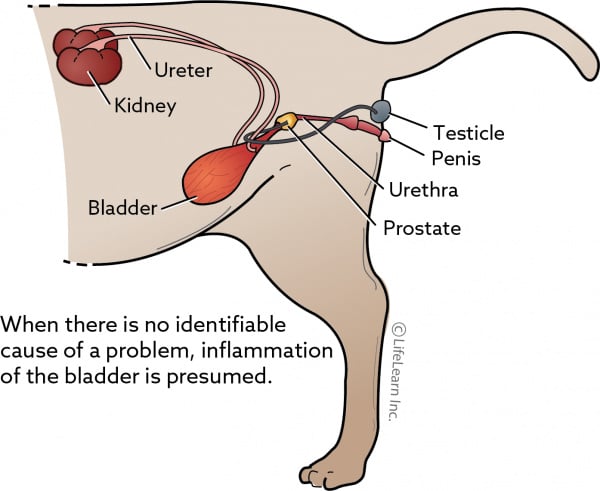
Feline Idiopathic Cystitis Vca Animal Hospitals
Rectal prolapse associated with urinary bladder neoplasia in a cat Abstract A case of feline rectal prolapse which appeared to be secondary to transitional cell carcinoma of the urinary bladder is described.
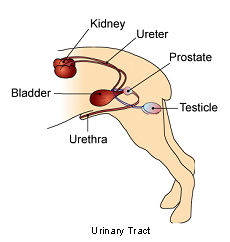
. Start studying Week 1. Chronic urinary tract infection UTI. Urinary bladder cancer however easily spreads to other areas of the body and may soon show the following symptoms.
There are several types of bladder tumours in cats transitional cell carcinoma TCC is the most common other types include benign mesenchymal tumours squamous cell carcinoma rhabdomyosarcoma and lymphoma. Tumors location vary greatly inside the bladder. Megacolon occurs more frequently in cats than dogs and is usually seen in middle-aged to geriatric cats.
The low incidence in cats may be due to a difference in tryptophan metabolism that results in low urinary concentrations of carcinogenic tryptophan metabolites. Bacterial in 65-75 cases. A bladder tumour is a benign or cancerous tumour of the bladder or urethra of cats.
Most renal tumors are seen in middle aged to older dogs and cats. Most renal tumors are seen in middle aged to older dogs and cats. The storage function of the bladder may allow for prolonged contact with carcinogens.
A congenital form of the disease has been seen especially in Manx cats with rectalanal atresia and a sacral spinal deformity. Transitional cell carcinoma is the common cancer of the bladder or urethra in dogs and cats accounting for 5075 of all bladder tumors. Renal neoplasia is cancer located in the kidney.
Learn vocabulary terms and more with flashcards games and other study tools. Clinical signs are not. The usual treatment for primary ureteral neoplasia is nephrectomy and ureterectomy.
Nephroblastomas rapidly developing malignant tumors are seen in younger animals. Hematuria Hematuria stranguria pollakiuria are common presenting signs. A distinguishing feature of all squamous cell carcinomas and most.
Most common tumor type. The common clinical signs seen with bladder cancer are those referable to the urinary tract. Renal neoplasia can originate in the kidney primary or spread or metastasize to the kidney from another site secondary.
Clinical signs and ancillary testing. Lower urinary tract neoplasia is uncommon in dogs and cats though transitional cell carcinoma TCC is the most common tumor of the lower urinary tract in both species. Neoplasia of the Urinary tract.
Urinary bladder tumors are rare in cats but of the possible cancers transitional cell carcinoma is the most commonly diagnosed. Transitional Cell Carcinoma of the Renal Bladder and Urethra in Cats Transitional cell carcinoma TCC is a malignant aggressive and metastasizing spreading cancer arising from the transitional epithelium the highly stretchable lining of the urinary tract system of the kidney ureters the tubes that carry fluid from the kidneys to the bladder urinary bladder. The ascending transverse and descending colon are chronically large in diameter and filled with dry stool.
Epithelial tumors in particular TCC are the most common tumors of the urinary bladder and account for up to 92 of feline bladder tumors Other urinary bladder tumors include SCC ADC rhabdomyosarcoma FSA CSA leiomyosarcoma HSA chemodectoma and benign tumors such as leiomyoma and fibroma. Chronic urinary tract infection UTI Cystitis. Symptoms of neoplasia in cats include 4.
Renal neoplasia can originate in the kidney primary or spread or metastasize to the kidney from another site secondary. Cat bladder cancer is less frequent than other types of cancerHowever the most common bladder tumors in cats are carcinomas. Abnormal swellings that persist or continue to grow Sores that do not heal Weight loss Loss of appetite Bleeding or discharge from any bodily opening Offensive odor Difficulty eating or swallowing Hesitation to exercise or loss of stamina Persistent.
The urinary bladder is the most common site of urinary tract neoplasia in dogs and the second most common site of urinary tract neoplasia in cats after renal lymphoma. When tumors appear in the urinary tract of cats the cells that line the urinary tract are affected. 15 Hematuria is the most common clinical sign associated with bladder neoplasia although any lower urinary tract sign may be encountered.
One study reported on the histopathological diagnosis of 20 urinary bladder neoplasms in cats and findings included angioma intravenous leiomyoma adenocarcinoma squamous cell carcinoma TCC leiomyosarcoma hemangiosarcoma lymphoma and embryonal rhabdomyosarcoma. Neoplasms of the canine and feline urinary bladder are diagnostic and therapeutic challenges to the veterinary clinician. The diagnosis of a urinary bladder neoplasm is generally delayed because of a lack of overt clinical signs or a partial response to empirical treatment.
1 2 transitional cell carcinoma tcc is the most prevalent lower urinary tract cancer in dogs and considerable information regarding tcc is available for dogs including. Neoplasms of the ureters bladder and urethra are uncommon in dogs and rare in cats. 2 of all canine tumors.
Carcinomas are thought to be more prevalent in the male dog. Symptoms of cat bladder cancer may be identified and the tumor may be removed provided it hasnt spread and it is located in an area of the bladder that can be operated on. The causes of bladder cancer are not known.
The cat was reported to be incontinent and treatment was declined by the owners. Bloody urine Urethral obstruction causing an inability to urinate Pain upon palpation of the back or pelvic regions Weakness Exercise intolerance Polydipsia Polyuria with only a small. The exact etiology is unknown.
Epithelial most common or connective tissue. Nephroblastomas rapidly developing malignant tumors are seen in younger animals. Hematuria stranguria dysuria pollakiuria are common presenting signs.
Bladder neoplasia occurs less frequently in cats with a reported incidence of 007018 11. Males are markedly overrepresented accounting for 6575 of all cases 1516 and a predisposition for older cats exists with a median age of 152 years in a retrospective study of 20 cats. Surgical and additional chemotherapyradiotherapy.
However a recent multi-institutional retrospective study included 118 cats with urinary bladder TCC and the incidence of this disease in cats may be greater than previously suspected 12.

Fibrosarcoma Of The Urinary Bladder In A Cat Semantic Scholar

Point Veterinary Surgery Feline Lower Urinary Tract Disease Flutd If You Notice That Your Cat Has Difficulties Or Pain In Urinating Dysuria Increased Frequency Of Urination Pollakiuria Producing Little Or No

Feline Kidney Anatomy Vet Tech Student Veterinary Tech Veterinary Medicine

Urinary Bladder Cancer Research College Of Veterinary Medicine Purdue University

Pdf Feline Hemotropic Mycoplasmosis Concurrent With Bacterial Cystitis In A Domestic Shorthair Cat

Pin By Nutella Waferr On Vtne Vet Tech School Vet Medicine Vet Tech Student

Feline Lower Urinary Tract Disease Flutd International Cat Care
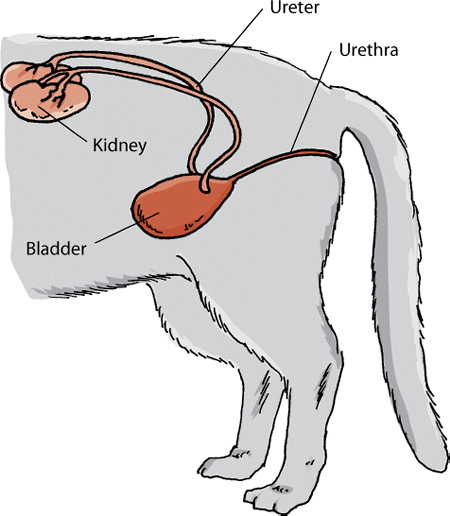
The Urinary System Of Cats Cat Owners Msd Veterinary Manual

Cat Urinary Bladder Urothelial Carcinoma Neoplastic Cells Form Download Scientific Diagram

Diagnosing And Managing Feline Lower Urinary Tract Disease

Urinary Tract Tumors Vca Animal Hospitals

Bladder Cancer In Cats Innovet Pet
Bladder Cancer In Cats Innovet Pet

Feline Lower Urinary Tract Disease Wikiwand
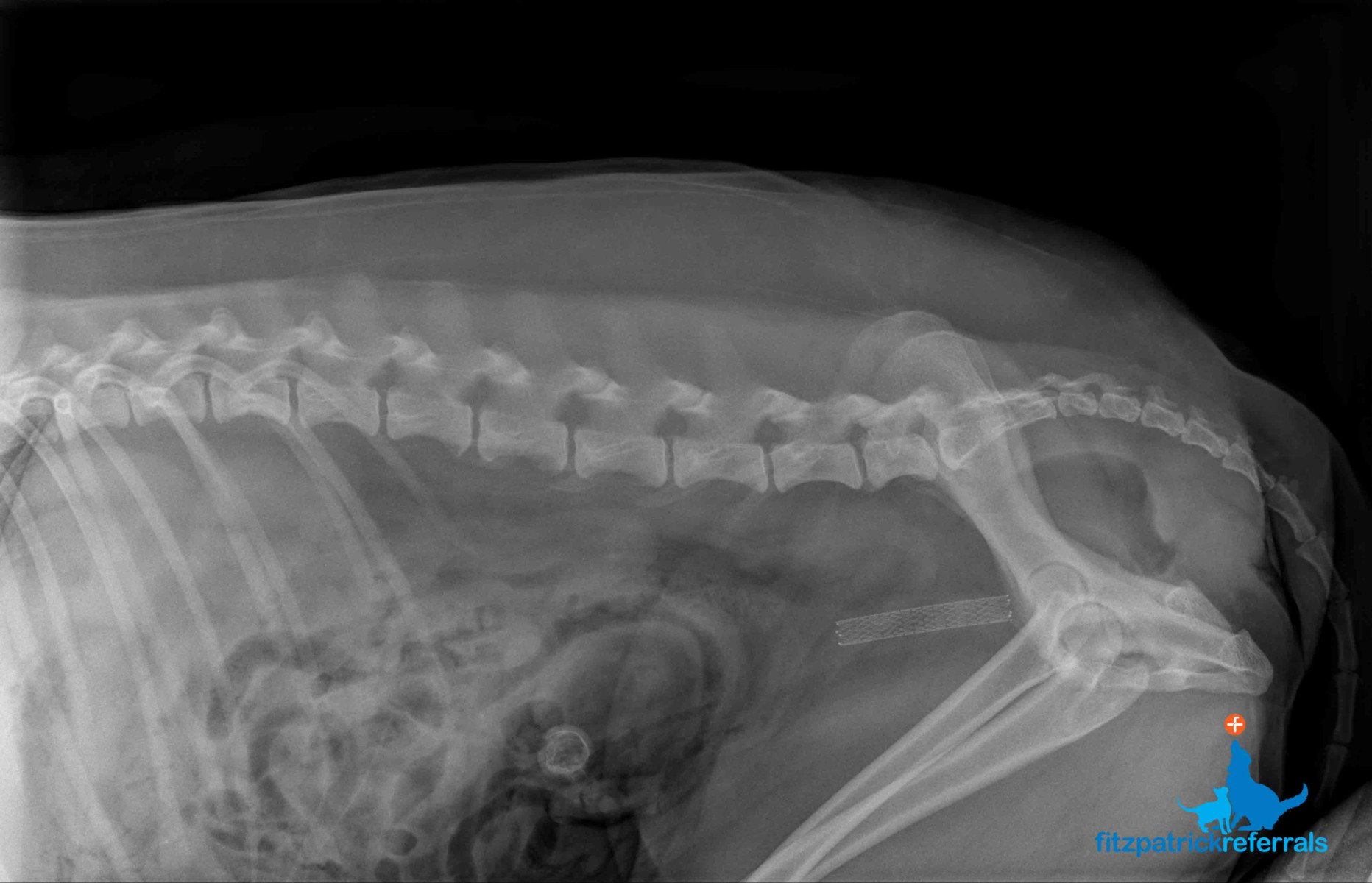
Urinary Cancer Fitzpatrick Referrals
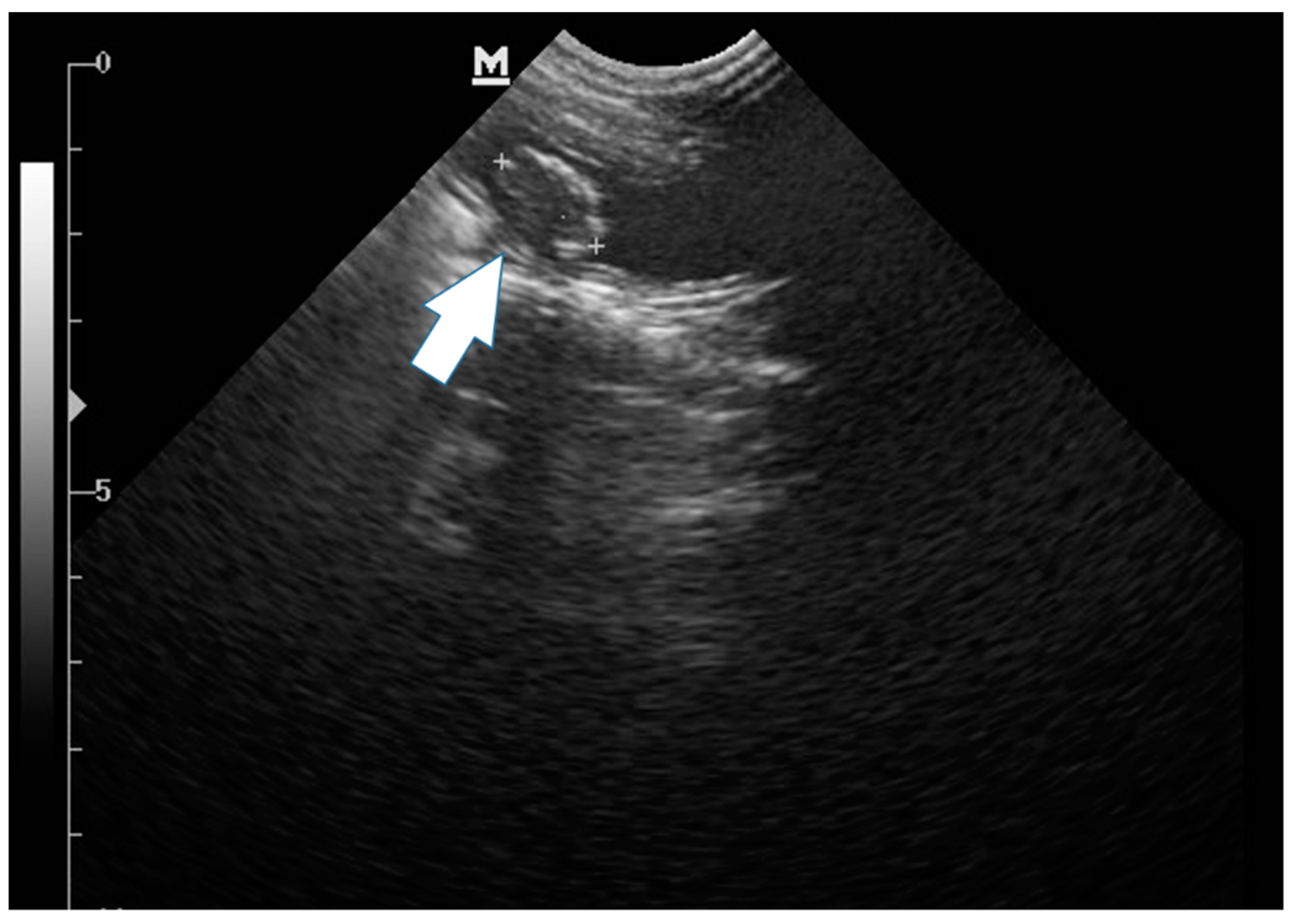
Veterinary Sciences Free Full Text Long Term Survival Of A Cat With Primary Leiomyosarcoma Of The Urinary Bladder Html

Fibrosarcoma Of The Urinary Bladder In A Cat Semantic Scholar

